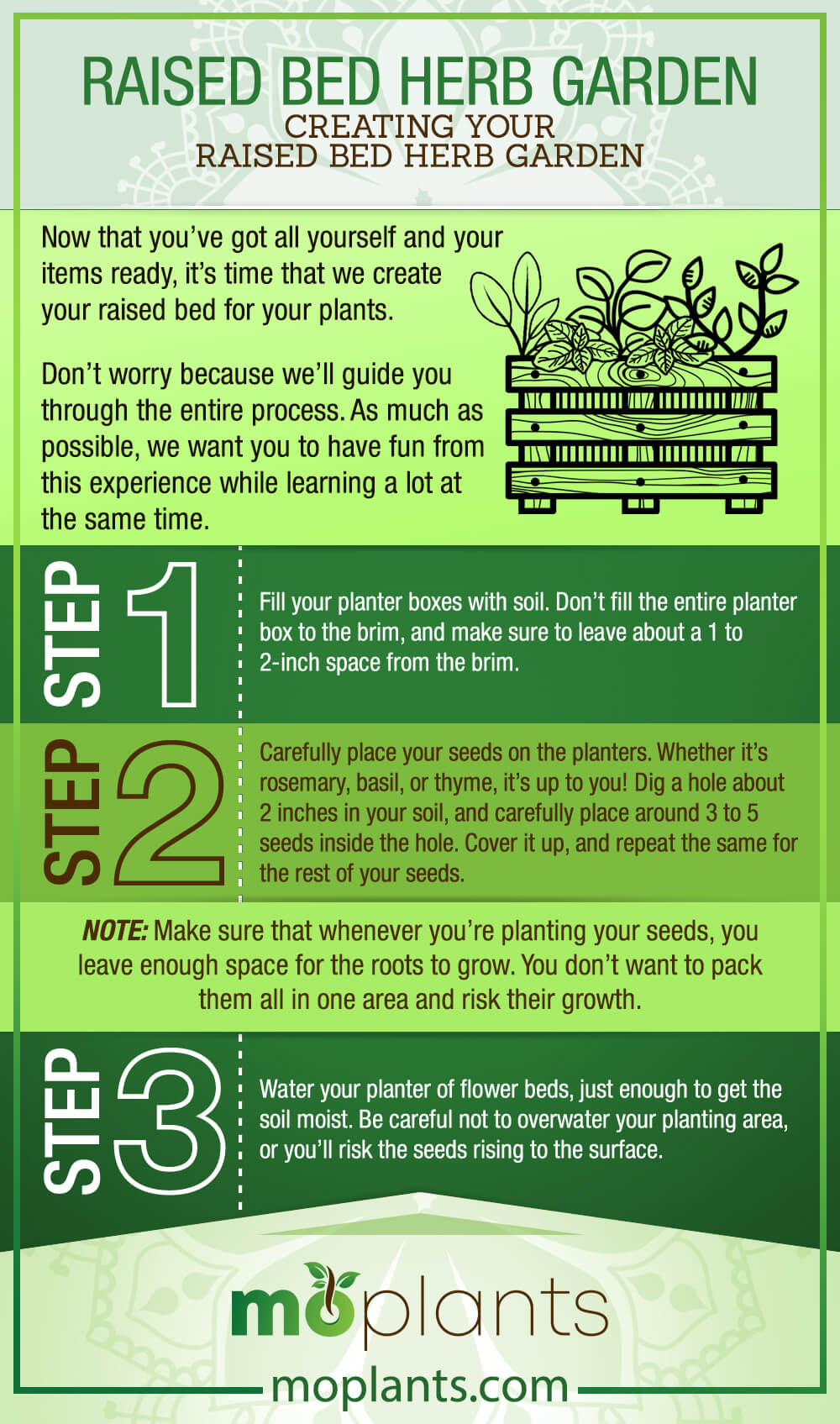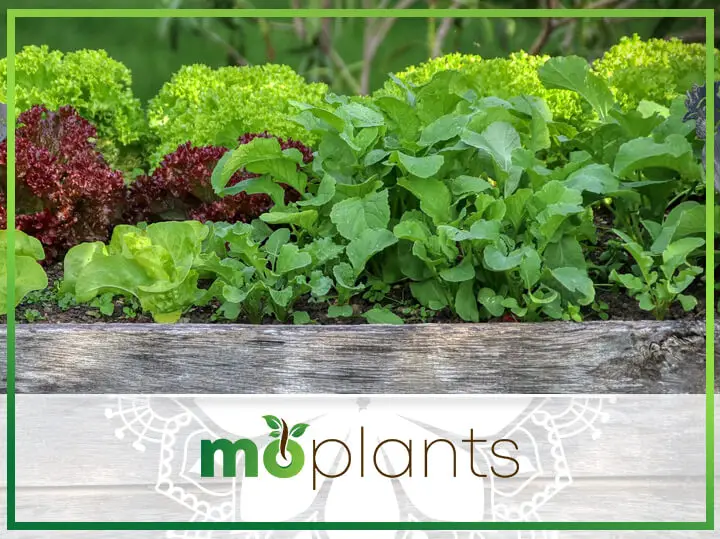Looking for something new to do in your backyard? What about trying to make your very own raised bed herb garden? It’s easy to do and makes the best environment for your very own herb garden.
Today, we’ll teach you how to create your own raised beds. Starting from all the things you need, and down to all the steps for you to follow.
Gardeners, are you ready to start your raised bed gardening journey? Let’s go!
What You Will Need
The first thing we’d want to have is the dedication to see the end of this project. It requires quite some time and effort on your part, but we guarantee that it’s all worth it.
Now, besides your dedication, there are some important items you’ll need to prepare. Rest assured, all the things we’ll mention are essential to building your very own raised bed.
Soil
Soil is always an important component for gardening, which is why you should always have this around for this project.
Do note that there are several types of soil out there, and not all of them might be the best for growing herbs.
As much as possible, look for garden soil that has great content for herb cultivation and has a neutral pH balance.
We also recommend choosing a potting soil that drains well and can absorb plant food.
Herbs
The next thing you’ll need to prepare for is the type of herbs you want to plant.
There’s a ton of awesome herbs you can plant, which is beneficial for cooking and a lot of things. They’re handy plants to have around, and you don’t have to keep buying fresh herbs in your local market!
Here’s a list of plant and herb varieties we recommend that you grow.
- Basil – aromatic and popular in many Italian food. It also contains natural anti-inflammatory properties.
- Chives – delicious alternative to onions. It’s also useful for helping lower blood pressure and cholesterol.
- Mint – refreshing herb that naturally repels bugs and insects. Plus, it makes a delicious addition to your drinks.
- Oregano – another awesome herb used a lot in cooking. It’s flavorful, delicious, and packed with a ton of vitamins and nutrients.
- Rosemary – a great source of vitamins and flavors! Always handy to have around the kitchen.
There are a ton more plants and herbs for you to grow, besides those we’ve mentioned above. At the end of the day, choosing the herbs to plant is entirely up to you!
In choosing what herbs to plant, we recommend considering the following factors:
- Frequency of use;
- The time it takes to grow;
- Health benefits; and
- Ability to grow in your backyard in relation to your weather condition.
Location and Layout
Once you’ve got the basics down, it’s time to find the perfect spot in your garden for you to grow herbs. For this, you need to know that you can’t plant your herbs just about anywhere in your garden.
As much as possible, you’d want to choose a warm area but not necessarily under direct sunlight. You want to pay close attention to the location and be sure it’s an area where your herbs will strive and grow.
If you plan to use the herbs for cooking, we highly recommend that you place them close to your window sills.
It adds a ton of convenience, considering that you don’t have to walk to the middle of your garden all the time.
Tender Loving Care
Finally, the success of your gardening adventure won’t be complete without your tender loving care. No material can ever match the amount of love you can give to your growing plants.
So show your little seedlings enough love and care! And when you do, they’ll grow to be delicious healthy herbs instead of nasty weeds.
Other Materials
Besides all those we’ve mentioned above, here are other common items you’ll need:
- Case or pots with good drainage holes
- Small garden space
- Watering can
- Pruning shears
Creating Your Raised Bed Herb Garden
Now that you’ve got all yourself and your items ready, it’s time that we create your raised bed for your plants.
Don’t worry because we’ll guide you through the entire process. As much as possible, we want you to have fun from this experience while learning a lot at the same time.
Step 1: Fill your planter boxes with soil. Don’t fill the entire planter box to the brim, and make sure to leave about a 1 to 2-inch space from the brim.
Step 2: Carefully place your seeds on the planters. Whether it’s rosemary, basil, or thyme, it’s up to you! Dig a hole about 2 inches in your soil, and carefully place around 3 to 5 seeds inside the hole. Cover it up, and repeat the same for the rest of your seeds.
NOTE: Make sure that whenever you’re planting your seeds, you leave enough space for the roots to grow. You don’t want to pack them all in one area and risk their growth.
Step 3: Water your planter of flower beds, just enough to get the soil moist. Be careful not to overwater your planting area, or you’ll risk the seeds rising to the surface.
And you’re done! Once you’ve planted your seeds, it’s time to sit back and wait for your herbs and vegetables to grow!
Infographic

Conclusion
If you’ve got enough space in your back yard, we highly recommend that utilize it to make your very own raised bed garden.
You can grow a ton of things like flowers, herbs, and vegetables! Who wouldn’t want fresh thyme and rosemary in their yard?
And the benefit of doing raised bed or container gardening is you don’t have to purchase any of them in your local market next time! You’ve got all that you need within range. It’s just right in your yard!
We hope you enjoyed this review. If you have any more questions, feel free to leave a comment below. You can also share this article with your friends and family. Who knows? They might just learn a ton of information from this.


